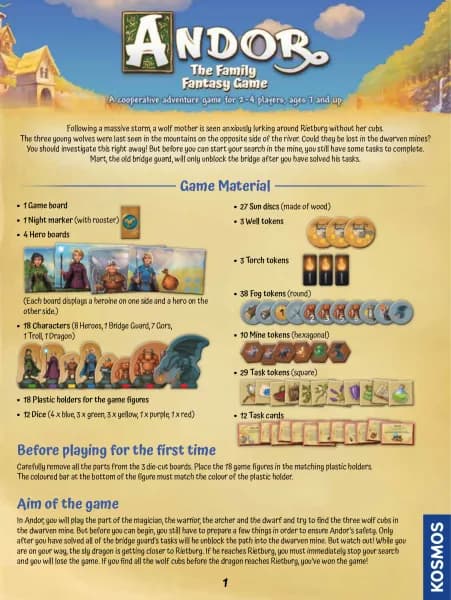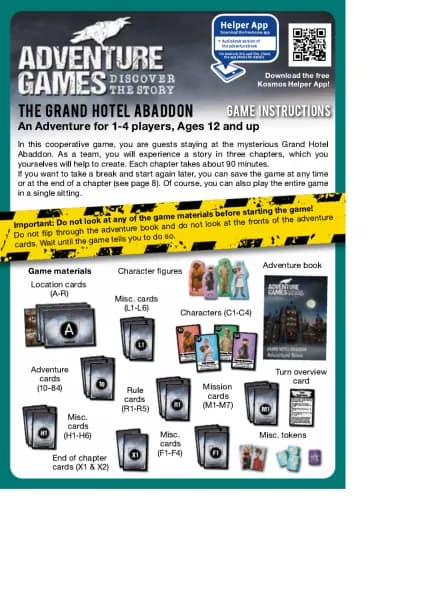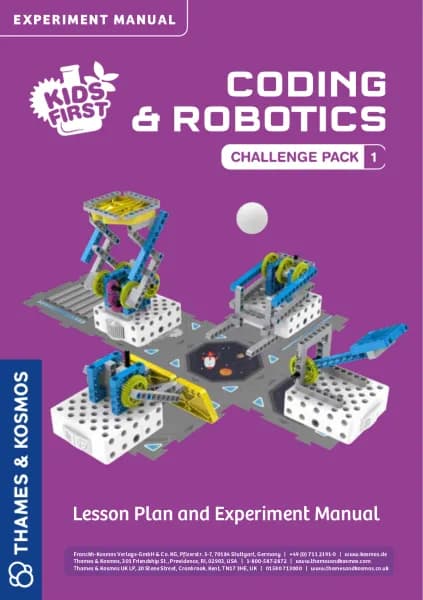Thames & Kosmos Creative Cosmetics Lab handleiding
Handleiding
Je bekijkt pagina 19 van 36

1
50
75
100
125
In O/W emulsions (A), tiny globules
of an oily substance are suspended
throughout a watery solution.
Ordinary milk is an example of an
O/W emulsion.
In W/O emulsions (B) the situation
is reversed: Watery components are
suspended in an oily substance. An
example of this is butter.
One class of emulsifiers are called
surface active agents or surfactants.
Surfactants possess hydrophobic
(water-fearing) as well as hydrophilic (water-
liking) characteristics, which allow them to
reduce the surface tension between water and
oil. The first surfactant produced artificially
was soap. Soap’s fat-loving component gives
it the ability to dissolve oily dirt particles in
water and wash them away.
EXPERIMENT 6
Emulsions
YOU WILL NEED
Large beaker with oil and water from
Experiment 5, stirring rod, dish soap
HERE’S HOW
1
Add a few drops of dish soap to the oil
and water mixture that you made in
the previous experiment. Then mix the
liquids again and let it sit for another 30
minutes. Observe what happens.
WHAT’S HAPPENING
The oil and water are able to stay mixed
when you add the dish soap because
the dish soap acts as an emulsifier.
Because oil and water normally
do not mix, a substance called an
emulsifier is used to bind the two
liquids together and keep them well-mixed.
The oil and water mix on a molecular level. In
mixtures, the substances are dispersed in each
other, but are not chemically united. There are
two types of emulsions: oil-in-water emulsions
(O/W), and water-in-oil emulsions (W/O).
Bekijk gratis de handleiding van Thames & Kosmos Creative Cosmetics Lab, stel vragen en lees de antwoorden op veelvoorkomende problemen, of gebruik onze assistent om sneller informatie in de handleiding te vinden of uitleg te krijgen over specifieke functies.
Productinformatie
| Merk | Thames & Kosmos |
| Model | Creative Cosmetics Lab |
| Categorie | Niet gecategoriseerd |
| Taal | Nederlands |
| Grootte | 10798 MB |







